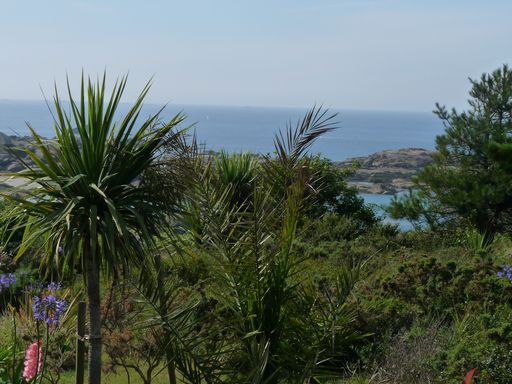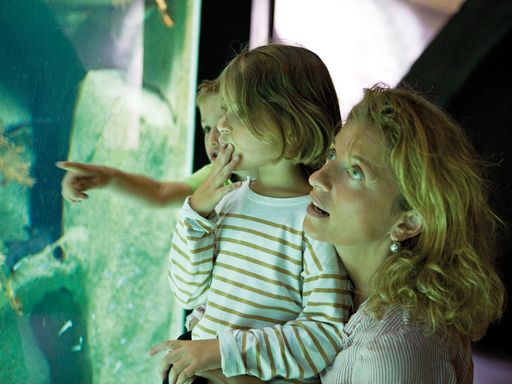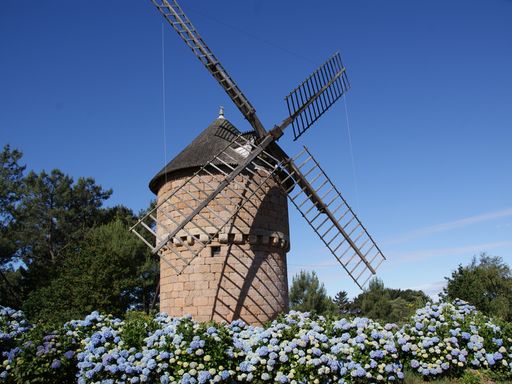
Bringwiller and Kerlavos Bay
Trégastel
About
There is evidence of very early human religious and economic activity in this area. Its name, Brenn Guiler, meaning "hill of the Roman village", bears testament to the presence of the Romans in antiquity. Numerous footpaths enable you to explore the tidal marshland which replaced the old peaty freshwater marsh after the spit of land which used to seal off the cove was breached.


The Viewpoint
Trégastel
If you climb to the viewpoint, you can enjoy a magnificent panoramic view of the coast and the surrounding area. On the hill, you will also notice an old viewpoint indicator in very good condition....  See
See


Coz Pors
Trégastel
In the area around CozPors bay, you can see many unusually-shaped pink granite rocks. Have you seen the white statue standing on top of the granite rock formations above the Marine Aquarium? Dubbed...  See
See


Granite quarries
Perros-Guirec
The pink stones of La Clarté have been used since the start of the twentieth century and are characterised by their excellent quality. On your visit to this quarry, find out about the means used to...  See
See


La Lande du Crac‘h windmill
Perros-Guirec
Crac‘h windmill, restored in 1986, bears testament to an era before the steam engine. Close up, you will be able to make out the engraving "1727" in the stone, likely indicating its date of...  See
See


